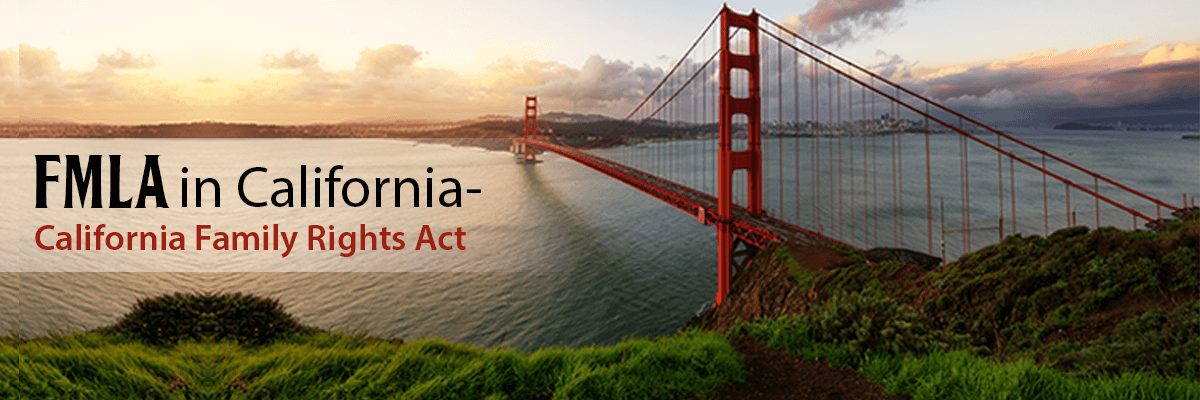The FMLA provides for a maximum of 12 weeks of unpaid leave to employees of organizations having 50 or more employees. Such leave is available for specific reasons that include the serious health condition of the employee or his family member. The leave is also available for bonding with a new child and in preparation for the ensuing military service of a family member. If there is a family member who is injured in active military service, the employee is eligible to take up to 26 weeks of unpaid leave to take care of the injured family member. Nevertheless, California has its own family rights act, which typically mirrors the FMLA, but has few detours.
Striking Features of California Family Rights Act
The California Family Rights Act too provides job-protected leave to qualified employees. All those employees who have worked for the employer for at least a total of 1,250 hours in the last 1 year and have worked for at least one year are eligible for this leave. However, there are some striking features in this act which differentiates it from the FMLA.
The California Family Rights Act states that 12 months or completing one year of employment with the same employer need not be consecutive. So even if an employee has worked for an employer in some spells totaling up to 12 months, but not at a stretch, he or she is eligible for 12 weeks of unpaid leave. This makes the California law generous in comparison to the FMLA. However, this is not the only striking difference between the California act and the FMLA.
FMLA provides that employees working for at least a year and at least 1,250 hours in the previous year at a location that has a minimum of 50 employees within a 75-mile radius are eligible for 12 weeks of unpaid but job-protected leave. In contrast, the California act does away with the provision of 75-mile radius. This means that an employee is eligible for leave even if he or she has worked for the employer in the past year in an establishment having less than 50 employees. However, the employer must have a total of 50 or more employees.
The California Family Rights Act is part of the Fair Housing and Employment Act. In addition to providing for job-protected leave, the act also requires employers to arrange suitable accommodation for employees so that they can take care of their families or pregnancy.
While the California Family Rights Act can be applied retrospectively, FMLA cannot be dealt in the same way. So, the employer has to inform the employee that FMLA leave has been used.
The California Family Rights Act also allows an employee to take leave for issues related to his or her domestic partner and parents-in-law. So, the scope of family members in the California Family Rights Act includes domestic partners and parents-in-law apart from parents, children and spouses, as provided by FMLA.
Conclusion
Despite differences, the basic tenets of the California Family Rights Act and FMLA are the same and the purpose of both is to protect the job of an employee while he or she is on leave. Both require the employer to reinstate the employee in the same or similar nature of role on returning to work.


